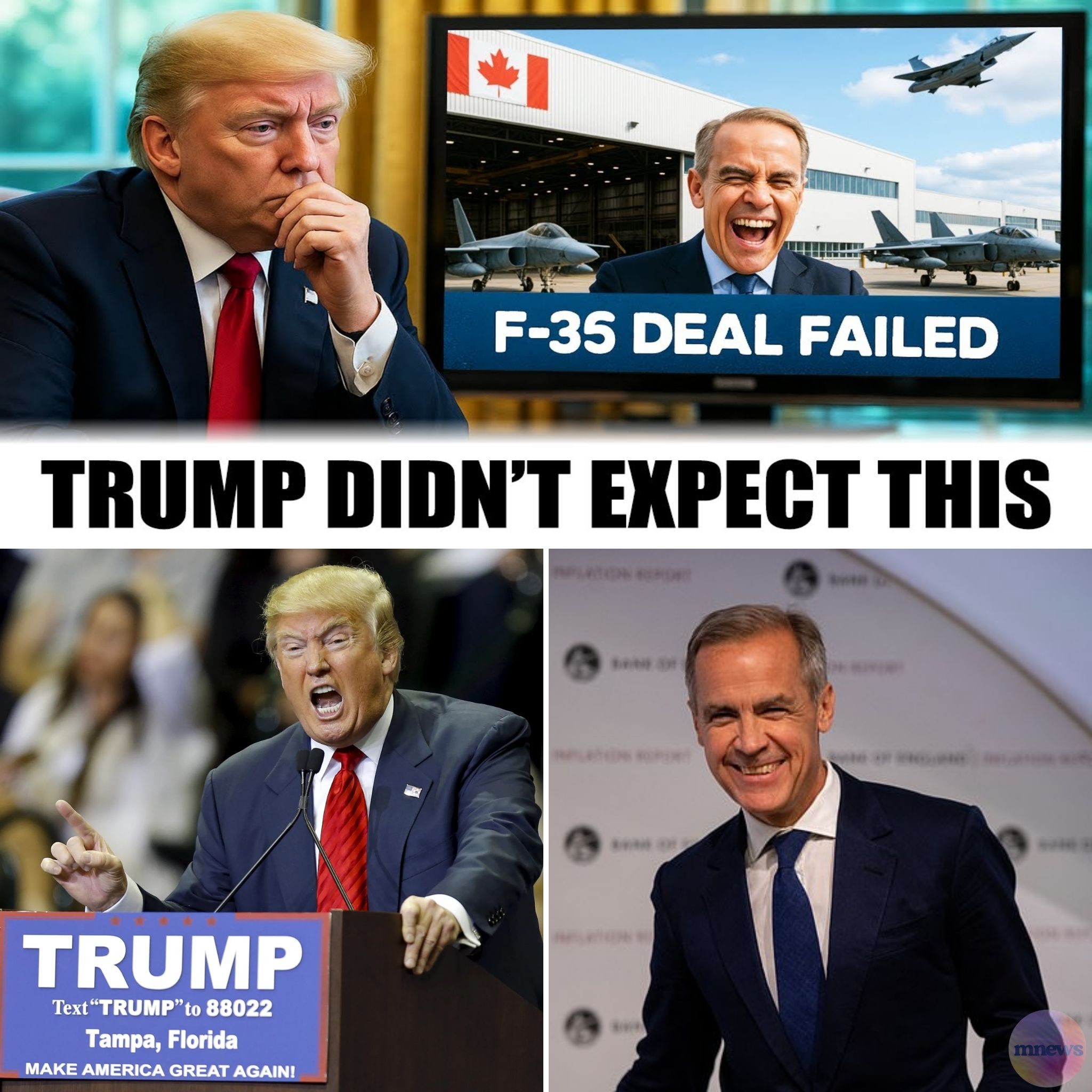In a stunning pivot, Canada has severed its longstanding defense procurement ties with the United States regarding the F-35 fighter jet deal, a move that has sent shockwaves through North American defense and economic landscapes. This decision, driven by a recalibration of national priorities, marks a significant shift in how Canada approaches its military spending and industrial capacity.

The Canadian government has announced a multi-billion-dollar investment in defense, with plans to centralize procurement through a new agency aimed at equipping the Canadian Armed Forces with timely and relevant tools. Historically, a considerable portion of Canada’s defense budget has bolstered U.S. production lines. However, this reliance has been called into question as Ottawa re-evaluates its strategic partnerships in light of recent global uncertainties.
At the core of this transition is Canada’s plan to acquire around 88 F-35 jets, which represents not just an initial expenditure in the tens of billions but a long-term financial commitment that could exceed $100 billion when factoring in maintenance and upgrades. Canadian planners are now prioritizing stability and predictability in their partnerships, viewing foreign policy and industrial policy through a lens of risk management that encompasses supply chain fragility and intellectual property access.
This shift is underscored by Canada’s exploration of alternative options, such as the Saab Gripen, which offers a model of sovereign sustainment through domestic assembly and maintenance. This approach promises to anchor skilled jobs within Canada, creating a resilient ecosystem that can adapt to supply chain disruptions. The emphasis on local capability is a clear departure from previous procurement strategies that often favored foreign assembly, which diluted domestic economic benefits.

Furthermore, Canada’s updated procurement doctrine extends beyond military aircraft, impacting shipbuilding, cyber infrastructure, and advanced manufacturing. The overarching strategy is to cultivate domestic capacity, particularly among small and medium-sized enterprises, thereby diversifying dependencies and mitigating risks associated with external shocks.
As trade tensions and tariff policies continue to evolve, Canada is strategically positioning itself to minimize exposure to single markets while enhancing its trade relationships with Europe and the Pacific. This diversification is not merely a reaction to current disruptions but a proactive measure to build a more resilient economic framework.
In conclusion, Canada’s decision to cut ties with the U.S. over the F-35 deal signals a profound transformation in its defense procurement strategy. By prioritizing domestic capabilities and fostering industrial partnerships that emphasize local sustainment, Canada is not only reinforcing its national security but also reshaping its economic future. This shift reflects a calculated response to the complexities of modern geopolitics, ensuring that Canada remains a steadfast player in the global defense arena while safeguarding its own interests.





